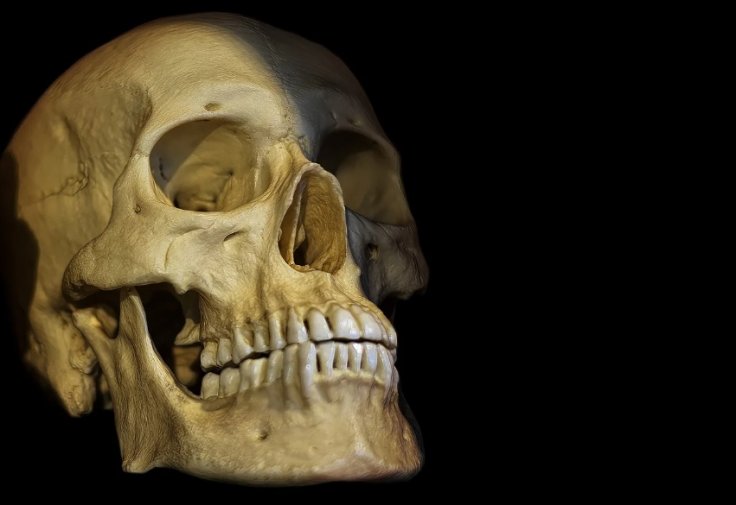In a stunning development, a team of researchers led by Lee Berger, a paleontologist working in South Africa has apparently discovered the world's ancient burial site.
According to a report published in Daily Star, researchers found buried remnants of Homo naledi, an extinct hominin species from this site, which means the act of burial was not confined to homo sapiens.

Remnants found in a cave system
The report noted that these remnants were found 100 feet underground in the Cradle of Humankind cave system.
Researchers who took part in the study suggested that the discovered skull of Homo naledi could be at least 250,000 years old.
"These are the most ancient interments yet recorded in the hominin record, earlier than evidence of Homo sapiens interments by at least 100,000 years. These discoveries show that mortuary practices were not limited to H. sapiens or other hominins with large brain sizes," said Berger about the discovery.
He added: "That would mean not only are humans not unique in the development of symbolic practices, but may not have even invented such behaviours. That was too much for scientists to take at that time. We think it's all tied up with this big brain. We're about to tell the world that's not true."
Shedding light to the evolution of mankind
Carol Ward, a fellow anthropologist at the University of Missouri, said that these findings have crucial importance to understanding the evolution of mankind.
"I look forward to learning how the disposition of remains precludes other possible explanations than intentional burial, and to seeing the results once they have been vetted by peer review," added Ward who was not involved in the study.
Researchers who are involved in the study are currently planning to carry out further analysis on the discovered Homo naledi skull.
A few years back, another study report published in journal Nature Ecology and Evolution suggested that Neanderthals had talked and conceived words just like ancient humans. After analyzing the vocal communication system of Neanderthals, researchers found that this species had the same internal infrastructure as humans.









